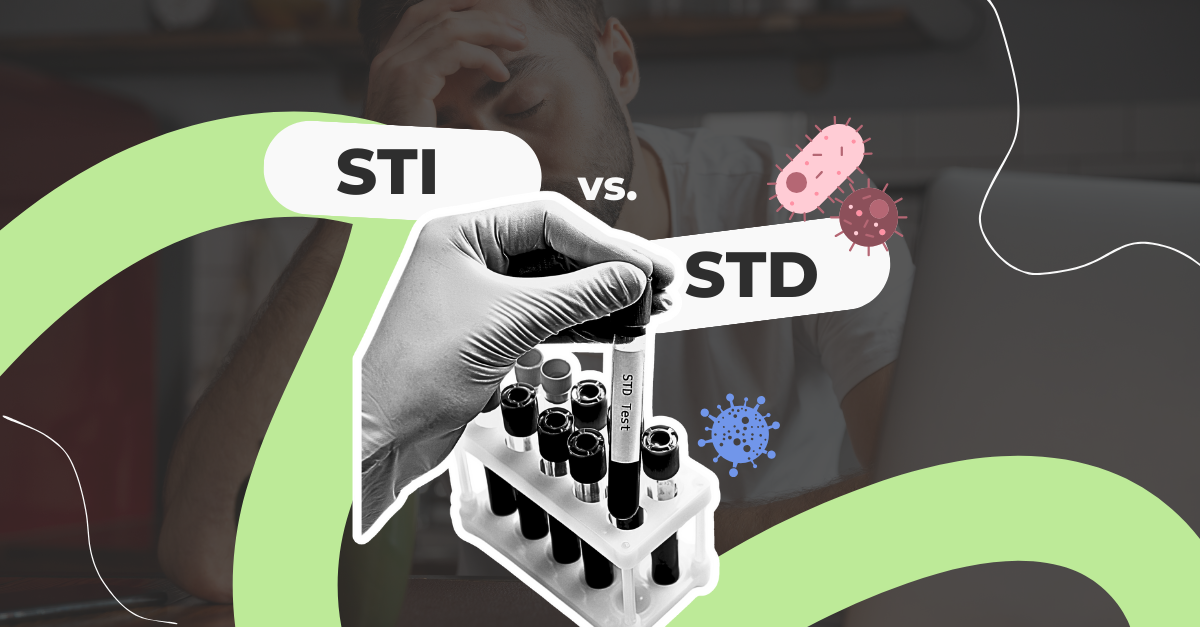In today's society, consent plays a crucial role in our interactions and relationships, serving as the cornerstone for healthy communication and mutual respect. But what exactly is consent? In this article, we will delve into the topic of consent, exploring its definition, legal and ethical aspects, its different types, and its significance in various contexts. We will also address common misconceptions and provide guidance on how to effectively communicate consent. Let's embark on this journey to gain a deeper understanding of consent and its fundamental importance in our lives.
Consent is willing, positive cooperation in an act or the expression of a desire to engage in an activity. True consent isn't coerced by force, threats or intimidation. Silence is not consent (CARE Program, 2021)
“I think for me consent is about doing things in a mutually respectful way” - Mei Ling, CEO of Calmara.ai
The Different Types of Consent
Consent can manifest in different forms, depending on the situation and the nature of the interaction. Understanding these types of consent is essential in navigating our daily encounters.
Consent is a multifaceted concept that plays a pivotal role in various aspects of our lives. It serves as the cornerstone of ethical interactions, relationships, and societal norms. By delving into the nuances of different types of consent, we can cultivate a culture of respect and understanding in our interactions with others.
Explicit Consent and Its Significance
Explicit consent is the most straightforward and clear form of consent. It is communicated explicitly, either verbally or through written means, leaving no room for ambiguity. Explicit consent establishes a shared understanding and promotes open communication between all parties involved.
Within the realm of explicit consent lies a profound respect for individual autonomy and agency. By seeking explicit consent, individuals acknowledge and honor each other's boundaries, preferences, and rights. This form of consent fosters a sense of empowerment and mutual respect in interpersonal relationships.
Understanding Implied Consent
Unlike explicit consent, implied consent is inferred from non-verbal cues, body language, or the context of the situation. It is crucial to seek clarification and ensure that both parties understand and agree upon the implied consent being conveyed.
Implied consent often operates in subtle ways, requiring individuals to be attuned to the unspoken signals and nuances present in social interactions. By recognizing and respecting implied consent, individuals can navigate interpersonal dynamics with sensitivity and empathy, fostering harmonious relationships built on mutual understanding.
The Role of Consent in Different Contexts
Consent transcends various contexts and is relevant in different areas of our lives. Let's explore its significance in medical settings, research and studies, as well as in relationships.
Understanding the nuances of consent is crucial in navigating complex ethical and legal landscapes. In medical settings, the concept of informed consent goes beyond a mere signature on a form; it embodies the principles of autonomy and respect for individuals' rights. Healthcare providers must ensure that patients comprehend the nature of their condition, the proposed interventions, and the potential consequences, empowering them to make decisions that align with their values and preferences.
Consent in Medical Settings
In the medical field, informed consent is a critical aspect of patient care. Individuals must receive all relevant information regarding their diagnosis, treatment options, and any associated risks or benefits. They must have the capacity to make informed decisions about their healthcare and provide their consent before any medical procedures are performed.
Moreover, the process of obtaining consent involves more than just a one-time interaction; it is an ongoing dialogue between healthcare providers and patients. This continuous exchange of information fosters trust, enhances patient satisfaction, and promotes a patient-centered approach to healthcare delivery.
The Importance of Consent in Relationships
Within personal relationships, consent plays a pivotal role in establishing and maintaining healthy boundaries. It ensures that both partners actively and enthusiastically engage in any activity, be it emotional, physical, or sexual, promoting trust, respect, and open communication.
Respecting boundaries and honoring individual autonomy are foundational elements of consent within relationships. It involves active listening, clear communication, and mutual understanding of each other's desires and limits. By prioritizing consent in interpersonal interactions, individuals cultivate a culture of respect and empathy, fostering stronger and more fulfilling relationships.
Misconceptions About Consent
Unfortunately, misconceptions about consent still exist, leading to misunderstandings and harmful behaviors. Let's debunk some common myths and address the grey areas that can arise when discussing consent.
In simple terms, consent means expressed permission or agreement for something to happen.
Consent is:
- Freely given
- Reversible
- Informed
- Enthusiastic
- Specific
Based off (The Haven Wolverhampton, 2021)
Understanding consent goes beyond a simple yes or no; it involves respecting boundaries, actively listening, and ensuring that all parties involved are comfortable and willing. Consent is not just a checkbox to mark off; it is an ongoing process that requires continuous communication and mutual understanding.
Debunking Common Myths
One prevalent myth is that consent is only applicable in certain situations or with specific individuals. However, consent should be obtained in all instances involving bodily autonomy and boundaries. Consent is important regardless of the relationship, the context, or the prior history between individuals.
Another common misconception is that consent can be implied or assumed based on non-verbal cues or past experiences. It is crucial to remember that consent must be explicit, enthusiastic, and given without any form of coercion or pressure.
How to Communicate Consent Effectively
Effectively communicating consent is paramount to establishing and maintaining healthy relationships. Let's explore some ways to ensure clear and ongoing consent. Talk with your partner about likes and dislikes and personal boundaries before engaging in sexual contact. Consent can be verbal or non-verbal, but verbal consent is the clearest form of consent. Ensure that you obtain a verbal "yes" from your partner before all sexual acts (Utc.edu, 2024)
Verbal and Non-verbal Indicators of Consent
Verbal communication is perhaps the most explicit way to communicate consent. Clearly stating one's desires, boundaries, and limits fosters a shared understanding and avoids confusion. Additionally, paying close attention to non-verbal cues, such as body language and facial expressions, can provide valuable insights into an individual's comfort and willingness.
The Importance of Ongoing Consent
Consent is not a one-time act but an ongoing process. It is essential to continuously check-in with all parties involved, especially in situations where boundaries may shift or evolve over time. Regularly discussing consent promotes mutual understanding, respect, and a safe environment for all involved.
Understanding consent is a vital component of building a society that values autonomy, respect, and healthy relationships. By embracing consent as a foundational principle, we empower individuals to make informed choices and foster cultures of consent and mutual respect. Let us strive to learn, educate, and practice consent in all aspects of our lives, creating a more respectful and empathetic world (Usf.edu, 2024).
Prioritizing Consent at Calmara.ai.
At Calmara.ai, we prioritize the importance of respectful relationships and consent in every aspect of our platform. While we're dedicated to providing a valuable screening tool for visual STIs, we also recognize the significance of obtaining consent from all parties involved. We encourage our users to engage in open and honest communication with their partners, ensuring that consent is given before uploading any images to our platform.
Keep an eye out for more consent-related content as we build a culture of respect and understanding at Calmara.ai. Your health and well-being are our top priorities, and we're here to support you every step of the way.






